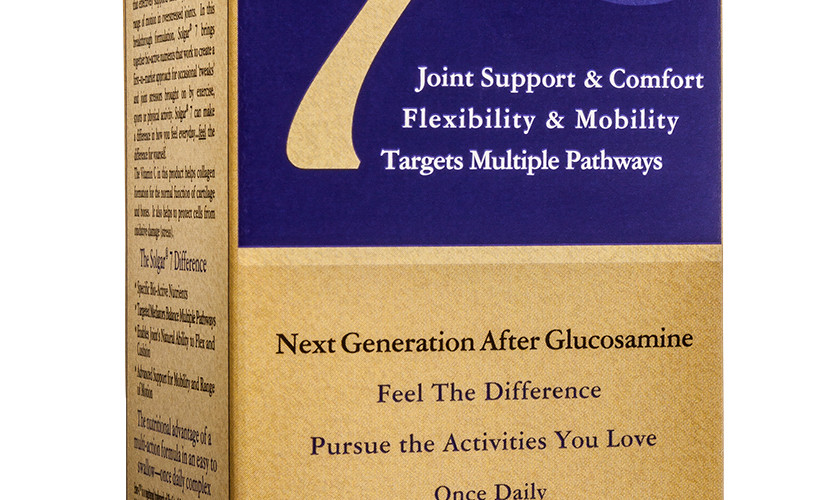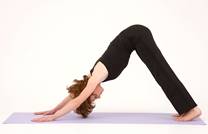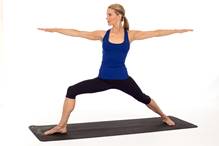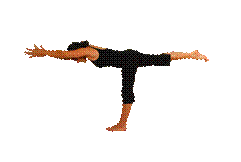Fitness tips from Head of Nutrition at Solgar
- Darryl Gibney
- May 31, 2017
- 4 min read
We gathered together three of our favourite fitness experts for todays article on nutrition and maintaining fitness - Paul Chamberlain is Head of Nutrition at Solgar UK and Ireland. He is also a seasoned Marathon and Ultra Marathon runner. Laura Williams is a celebrity fitness expert and our pal Mat Miller is the founder of Broga - the ultimate Yoga fix for Bro's. See their tips below...

1. Paul Chamberlain is Head of Nutrition at Solgar UK and Ireland. He is also a seasoned Marathon and Ultra Marathon runner.
STAY HEALTHY.
“For intermediate to advanced marathoners one of the key issues during training is staying healthy. Training is a stressor and stress can affect immune function, which is why endurance athletes tend to be more susceptible to colds. Recent research has highlighted the importance of healthy gut flora. In one study endurance athletes given a combination of Bifidobacterium lactis and Lactobacillus acidophilus at 10 billion organisms per day increased the time between illnesses from 2.4 months in the placebo group to 3.4 months in the probiotic group[i]. That’s an extra month of training without illness.” Solgar PROBI® 20 Billion (£29.99 for 30 capsules) contains a balance of the healthy gut flora lactobacillis plantarum LP299v
KNOW YOUR FAT TO CARBOHYDRATE RATIO.
“There has been a lot of anecdotal evidence for high fat, low carbohydrate diets from endurance athletes, especially in ultra-distance events. The rationale being that it encourages the body to use fat as fuel, which in theory is more efficient as an energy source. However, if your finishing time is more important that simply finishing, this may not be the best option because running fast requires rapid energy production, and that requires carbohydrate. A recent review of the scientific evidence by eminent sports nutrition scientist Louise Burke led her to dismiss the use of such diets by ‘competitive athletes in conventional sports’ [ii]. So if you want to run a fast marathon, metabolic flexibility, or the ability to burn fat and carbohydrate, is more important than the outright ability to burn fat.”
2. Laura Williams is a celebrity fitness expert and personal trainer.
MIX IT UP.
“Mixing up your running with other cardio workouts in essential for keeping fitness tip-top and bones and muscles injury-free. Not only will a spinning class work muscles that running just doesn’t reach, it’ll also boost fitness minus the impact of a tough tarmac session. Marathon season is great time to delve into new classes – tackle tight hip flexors in a yoga class; work on increasing upper body strength in a circuits session or carve out your core in a weekly Pilates class – your body will thank you for it in those last few miles.”
GET STUCK INTO STRENGTH.
“Not only does resistance training help your body absorb the load of the cumulative weekly mileage, studies also show it benefits your running. Studies have found regular resistance training can boost the body’s ability to use oxygen by up to 8%. You should work not only on lower body exercises such as squats (including those of the single leg variety), lunges and bridges but also upper body exercises such as push ups and rows and not forgetting your core with planks and Swiss Ball crunches. Maintaining good muscle condition not only helps with injury prevention, it also means muscles are better equipped to deal with those last few tough miles. It’s probably the last thing you want to do as your mileage rises but you’ll feel the difference in your running in as little as a couple of weeks.”
PROTECT YOUR JOINTS:
“Joint health is no longer something that the over 50s need to worry about. An increasingly active younger population and the rise in people taking up competitive sports and training in their leisure time means that we all now have to focus on how our physical activity might impact on our body in the long run – especially on our joints. Solgar®7 (£26.75 for 30 capsules) is the next generation in joint care that effectively supports mobility, flexibility and range of motion in overstressed joints. It helps to address occasional “twinges” and joint stress brought on by exercise, sports or physical activity. The advanced formulation brings together seven bioactive nutrients that work together to balance the release of joint enzymes and structurally support collagen building blocks and joint cartilage.
3. Matt Miller is a Body Building Champion turned yoga and fitness Guru. He is also founder of Broga® fitness yoga.
“Whether you’re training for a 10k or a marathon, extensive training is a recipe for over-tension and injury. You probably never thought of yoga as a means to help improve your running technique but it can do just that. Learning and building strength through yoga techniques can certainly help runners. Here are the top three typical running complaints and some yoga solutions to aid in problem solving these areas.
Fallen arches. Vrkasana/ Warrior 3 - Try to build up enough stamina to correctly hold these postures for 5-10 slow deep breaths.
Knee pain. Warrior 2/ Malasana – great for correcting knee alignment. Try these two for again 5-10 slow deep breaths on each side
Lower back pain and hamstrigns - Downward dog - Uttanasana.
“Trying these yoga positions won't be fun or perfect at the start, it may even be a little painful, but stay with it! Just 10 minutes every morning when you wake up or before your run will be amazed at how your body opens up and how noticeably it will help your with your training.”
*Solgar products are available in leading health food stores nationwide, Holland & Barrett stores nationwide.
To find your local stockist visit: www.solgar.co.uk/move











Comments